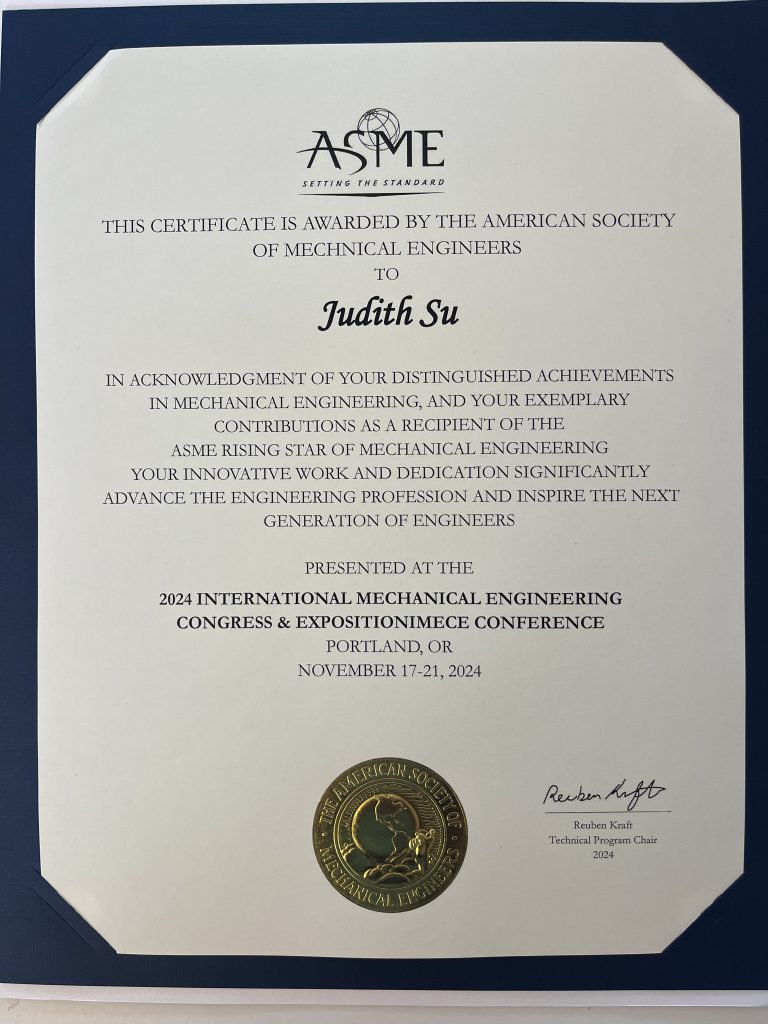OPN Year in Optics 2025
Honored that our work on label-free optical mapping of single 5-nm quantum dots using our photothermal-based FLOWER platform was selected for the cover of Optics & Photonics News’ Year in Optics 2025 issue.
Each year, the December issue of Optics & Photonics News—the monthly magazine of Optica—highlights the most exciting optics research from around the world in the preceding 12 months.
Here is the link to the original paper: Single 5-nm quantum dot detection via microtoroid optical resonator photothermal microscopy | Light: Science & Applications
Optics & Photonics News – December 2025




